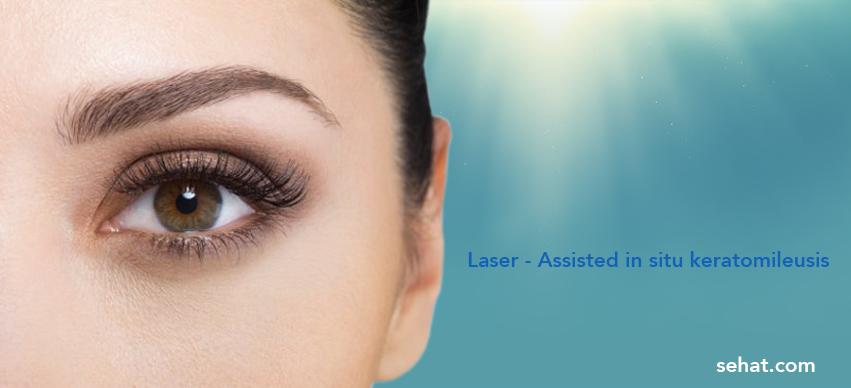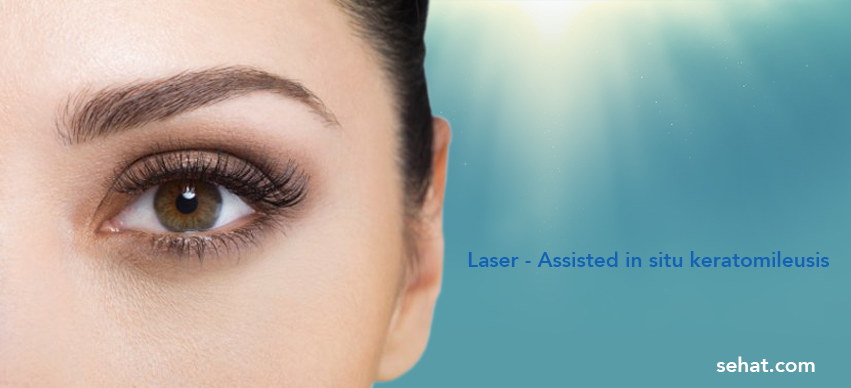
Confused?? Well that is the full form of LASIK. LASIK is a surgery done to reshape the cornea to improve the vision. The person would then have no need of eyeglasses or contact lenses.
Till date about 1/30th of the world population has undergone a LASIK procedure.
LASIK surgery has been fast gaining popularity among people. It has a satisfaction rate of more than 95 % and people are quickly turning to it to get the gift of perfect vision.
How LASIK Works
To understand LASIK, you need to understand the steps of LASIK. The steps are:
Pre-Operative Steps
- Stop wearing contact lenses to prevent side effects from occurring in the surgery
- A patient history is taken to confirm the person is suitable for the surgery. This involves an examination and the patient’s eye prescription should be constant for at least an year.
Operative Steps
- The eye is frozen into place and then a flap or opening is created by into the corneal epithelium and the Bowman’s layer. The flap is folded back and the middle section of the cornea is revealed
- The next step involves a excimer laser which vaporizes part of the cornea but not the rest of it. There is no cutting or burning involved. The tissue removed is very thin and only about 1 hundredth of a millimeter. This makes the surgery very precise.
- After this, the flap is put back onto the cornea. This flap then stays in place by natural adhesion until healing is complete.
Post-Operative
The patients should stay careful after the surgery to ensure that they do not damage the eye. Precautions to take are using sunglasses in bright light and using eye drops. Also, it is better to avoid swimming to prevent damage to the eye.
Is LASIK Safe??
I am sure you like most people have the egging question. I don’t have to wear spectacles ever again but what is the catch?
Well there are several catches. But the chance of getting a problem after surgery is minimal. In this section, I cover briefly the complications post-LASIK
- Loss of vision due to infection - at first this seems like a very scary complication. The chances of losing vision is about 1 in 10,000 and with contact lenses it is 1 in 2000, so you are much better off with LASIK
- Vision problems- LASIK is not a perfect surgery and there is a chance of vision problem due to the way light enters the eye. Light entering the eye at an angle will not fall correctly on the eye and can cause aberrations or errors in vision.
- Dryness of eyes- This is usually a temporary side effect after getting LASIK done. The eye may become dry. Treatment options can be eye drops and blocking the tear duct to prevent tears from being drained away from the eye.
- Halos- At night, the pupil can dilate more than the flap and this leads to a halo or a circle of light forming.
- Retinal detachment- Detachment of the retina of the nerve layer of the eye seen in 36/10000 cases
- Glaucoma- another rare complication in which there is an increase in eye or aqueous humor pressure
All this said, the chances of getting a complication from LASIK is less than 5%. This accounts for all complications and not just the big ones. Simple complications like some vision problems for up to a week(which are common) are also included.
Summing, LASIK is a safe bet as the rewards far outweight the risks. Permanently being rid of spectacles of visual aids is enough for most people. The anesthetic appeal also seems to be a sound reason. Do talk to a Doctor if you are planning to get a LASIK and get other doubts clarified.

